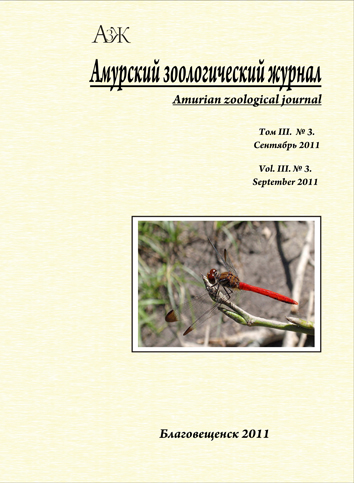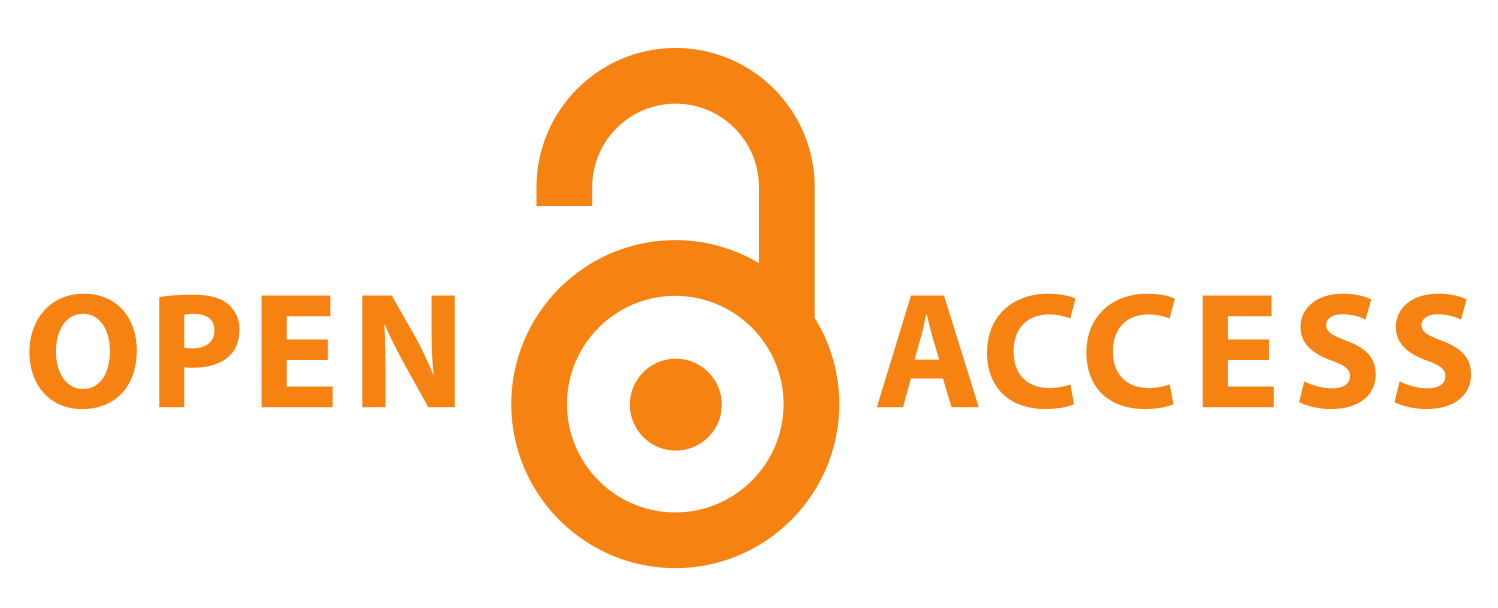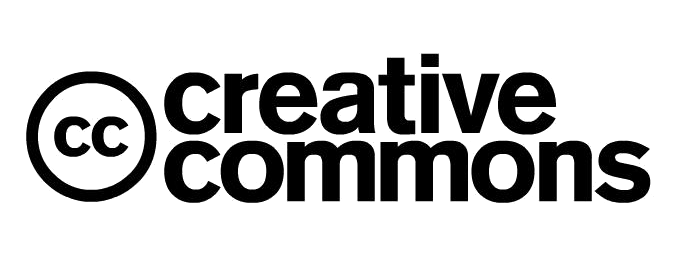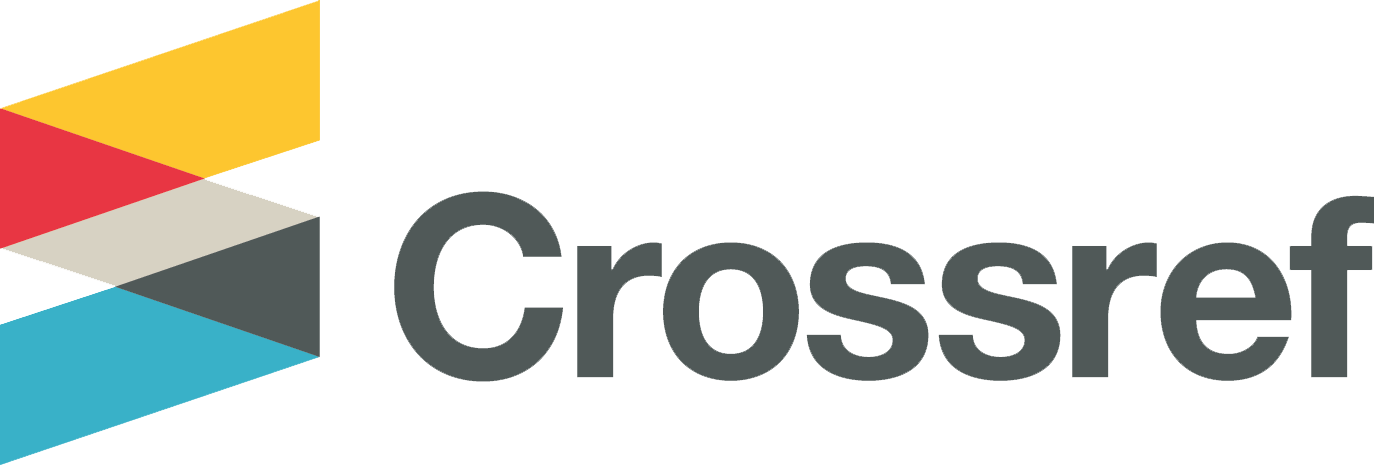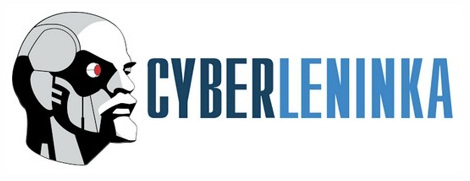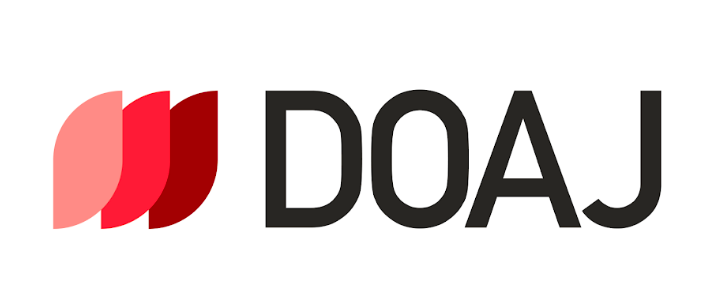TWO NEW SPECIES OF THE GOAT MOTHS (LEPIDOPTERA, COSSIDAE) FROM NEW GUINEA
DOI:
https://doi.org/10.33910/1999-4079-2011-3-3-284-286Keywords:
New Guinea, Cossidae, Skeletophyllon kalinini, Trismelasmos valentini, new species, faunaAbstract
Two new species of the family Cossidae from New Guinea: Skeletophyllon kalinini Yakovlev, sp. n. и Trismelasmos valentini Yakovlev, sp. n. are described. The short characteristic of Cossidae fauna of New Guinea is presented.
References
Дубатолов В.В., 2007. Чешуекрылые подсемейства Arctiinae (Lepidoptera, Arctiidae) Палеарктики: автореф. дис. ... докт. биол. наук : 03.00.09. Новосибирск. 50 c.
Золотухин В.В., 2009. Особенности островного эндемизма коконопрядов (Lepidoptera, Lasiocampidae) // Зоологический журнал. Т. 88. Вып. 1. С. 35–46.
De Vos R., 2010. The Goat Moths (Lepidoptera: Cossidae) of Papua Indonesia. (http://www.papua-insects.nl).
Holloway J.D., 1986. The Moths of Borneo: Part I. Key to families; Families Cossidae, Metarbelidae, Ratardidae, Dudgeonidae, Epipyropidae and Limacodidae // Malayan Nature Journal. Vol. 40. P. 1–166, pls. 1–9.
Roepke W., 1955. Notes and descriptions of Cossidae from New Guinea (Lepidoptera: Heterocera) // Trans. Roy. Entomol. Soc. London. Vol. 107. P. 281–288.
Schoorl J.W., 1990. A phylogenetic study on Cossidae (Lepidoptera: Ditrysia) based on external adult morphology // Zoologische Verhandelingen. Vol. 263. P. 1–295, tab.1.
Schoorl J.W., 2001. A new species of Trismelasmos (Lepidoptera: Cossidae) from Irian Jaja // Ent. Ber., Amsterdam. Vol. 61. No. 7. P. 99–100.
Yakovlev R.V., 2006. New Cossidae (Lepidoptera) from Asia, Africa and Macronesia // Tinea. Vol. 19. No. 3. P. 188–213.
Yakovlev R.V., 2011. Catalogue of the Family Cossidae of the Old World (Lepidoptera) // Neue Entomologische Nachrichten. Bd. 66. P. 1–129.
Downloads
Published
Issue
Section
License
Copyright (c) 2011 R. V. Yakovlev

This work is licensed under a Creative Commons Attribution-NonCommercial 4.0 International License.
The work is provided under the terms of the Public Offer and of Creative Commons public license Creative Commons Attribution 4.0 International (CC BY 4.0).
This license permits an unlimited number of users to copy and redistribute the material in any medium or format, and to remix, transform, and build upon the material for any purpose, including commercial use.
This license retains copyright for the authors but allows others to freely distribute, use, and adapt the work, on the mandatory condition that appropriate credit is given. Users must provide a correct link to the original publication in our journal, cite the authors' names, and indicate if any changes were made.
Copyright remains with the authors. The CC BY 4.0 license does not transfer rights to third parties but rather grants users prior permission for use, provided the attribution condition is met. Any use of the work will be governed by the terms of this license.
